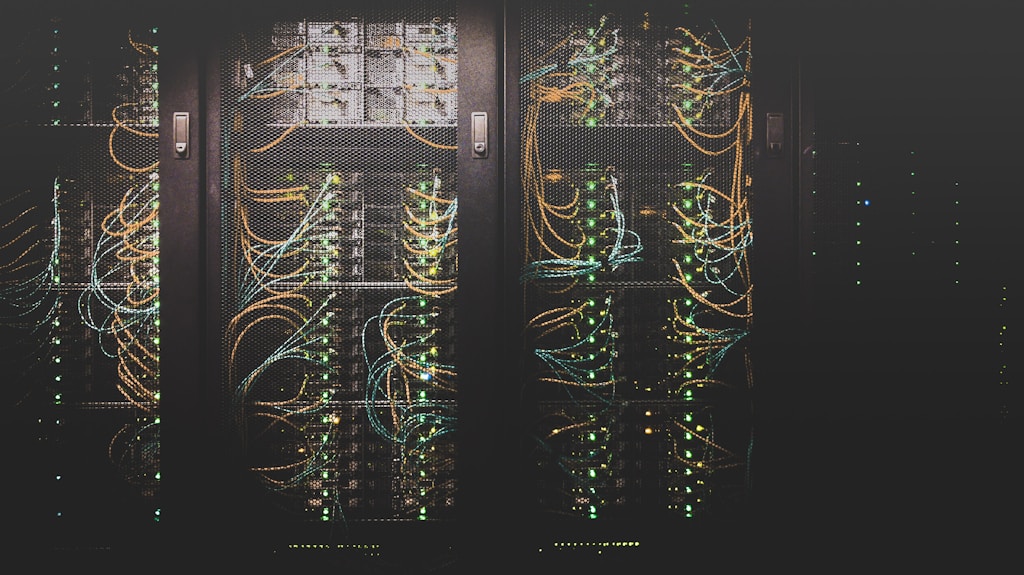The Bitcoin network has experienced a significant shift as its hashrate dropped 9% from its all-time high, raising questions about mining profitability and network security. This technical analysis explores the implications of this decline and what it means for investors and miners alike.
Key Takeaways:
- Bitcoin hashrate fell from 942.6 EH/s ATH to current levels
- Mining difficulty reached record levels, potentially squeezing smaller operators
- Price action around $108,500 shows resilience despite the hashrate decline
Understanding the Hashrate Decline
The Bitcoin network’s computing power, measured in exahashes per second (EH/s), has decreased by 9% since reaching its peak earlier this month. This decline coincides with the network’s mining difficulty hitting an all-time high, creating a challenging environment for miners.
SPONSORED
Trade Bitcoin with up to 100x leverage and maximize your profit potential
Impact on Mining Economics
The increased difficulty level has created significant pressure on mining operations, particularly affecting:
- Smaller mining operations with higher operational costs
- Regions with higher electricity rates
- Older generation mining equipment
Market Implications
Despite the hashrate decline, Bitcoin has maintained strong price levels, recently touching $110,000 in a historic rally. This resilience suggests that the current hashrate reduction may be temporary rather than structural.
FAQ Section
What does a falling hashrate mean for Bitcoin security?
A temporary decrease in hashrate doesn’t significantly impact network security, as current levels remain historically high.
Will this affect Bitcoin transaction speeds?
No, Bitcoin’s difficulty adjustment mechanism ensures blocks continue to be produced every 10 minutes on average.
How might this impact mining profitability?
The next difficulty adjustment could provide relief to miners if hashrate remains lower, potentially improving profitability metrics.
Looking Ahead
The current situation appears to be part of the natural mining ecosystem adjustment rather than a cause for concern. Historical patterns suggest similar fluctuations typically resolve within 1-2 difficulty adjustment periods.






